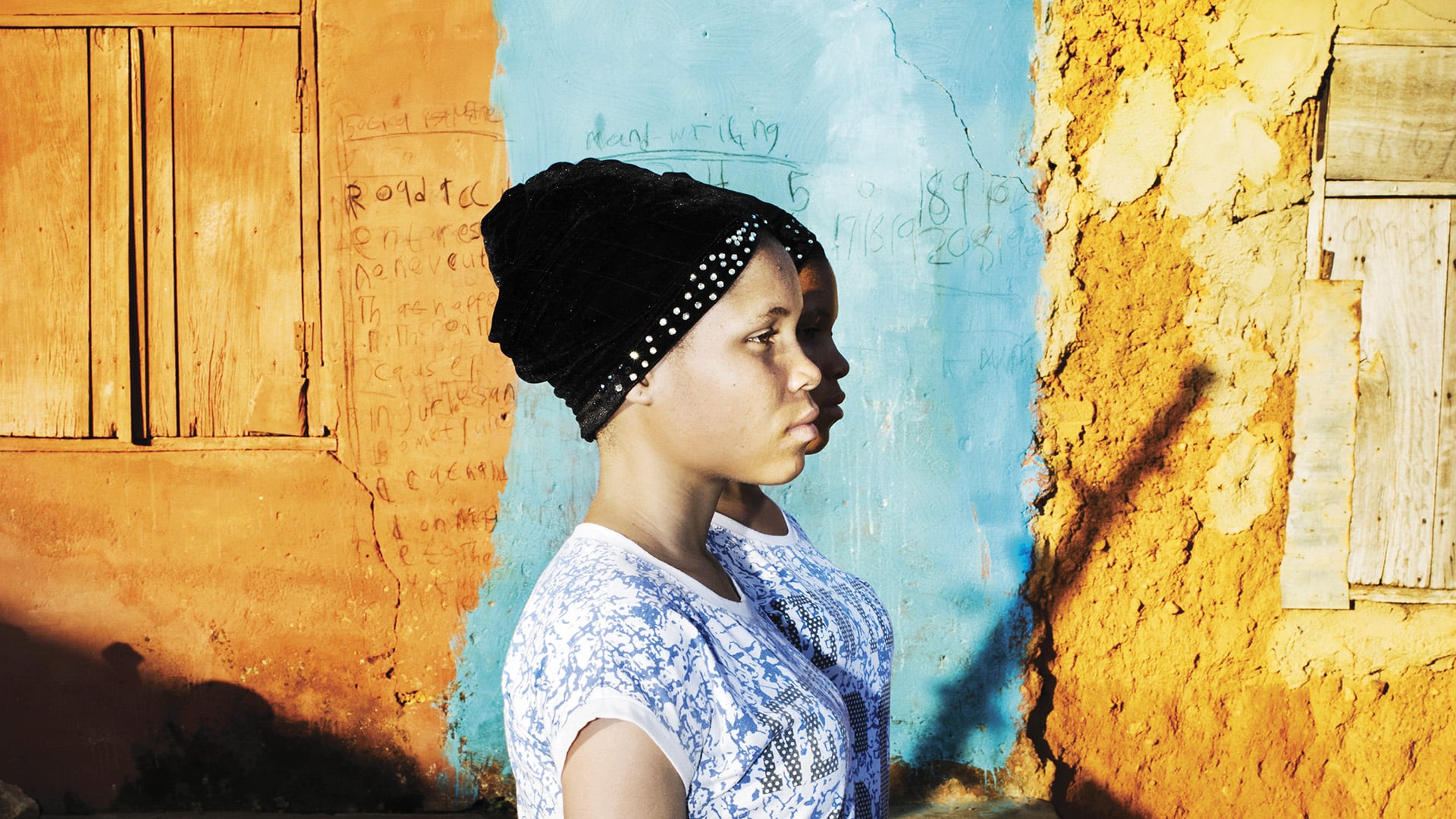A new book, Land of Ibeji by Sanne De Wilde and Bénédicte Kurzen, examines the different cultural responses to twinhood in Nigeria, with colorful portraits of twins and doppelgängers alike.

You’re getting blind.
Don’t miss the best of visual arts. Subscribe for $9 per month or $108 $90 per year.
Already suscribed ?



